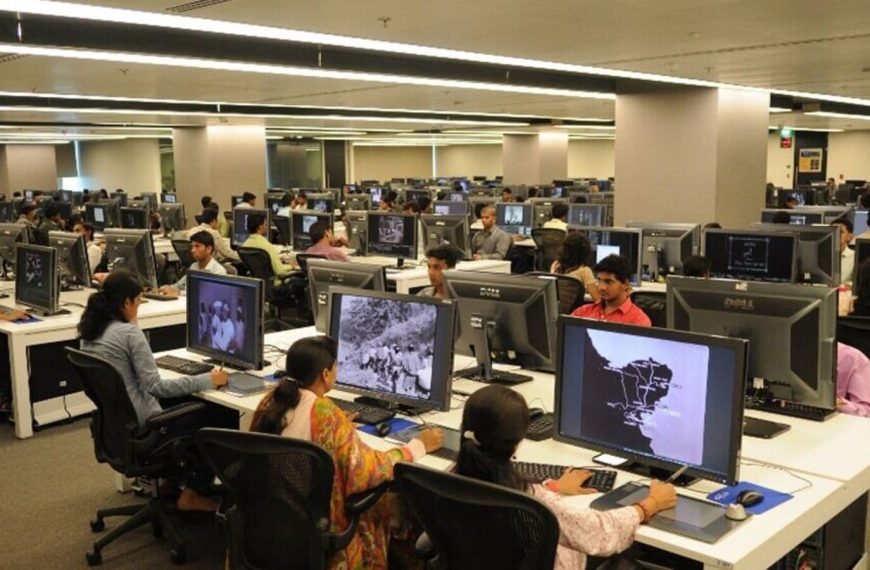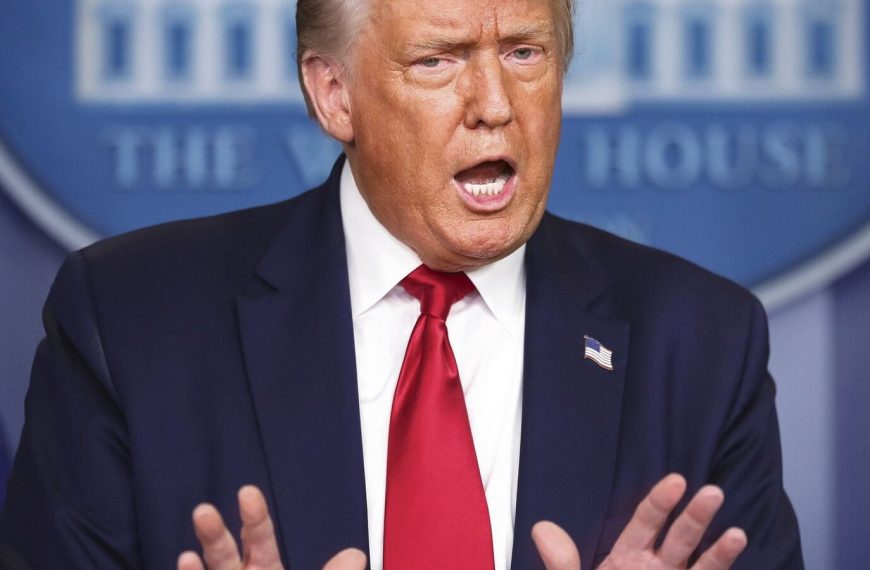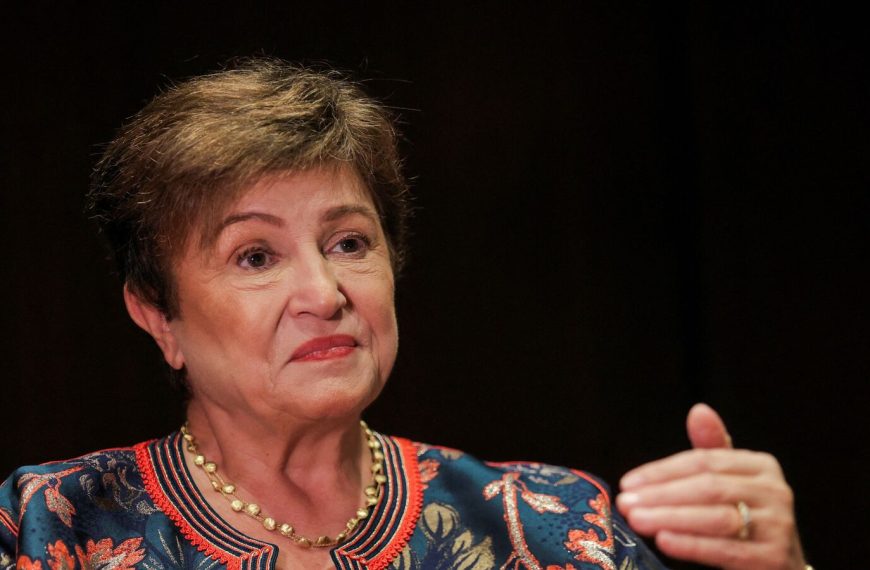As India braces for another scorching summer, experts predict a surge in peak electricity demand, estimated to rise by 9% to 10%. This increase is largely attributed to escalating heatwaves influenced by climate change, which are expected to strain the nation’s power supply. Last year, the peak electricity demand shattered records, hitting over 250 gigawatts on May 30, surpassing initial forecasts by 6.3%.
Rising Demand for Electricity
The growing consumption patterns in India reveal significant insights:
- Industries account for 33% of total electricity usage.
- Households contribute 28%, while agriculture represents 19%.
In recent years, household electricity demand has surged, primarily due to economic expansion and the increasing need for cooling in warmer temperatures. Disha Agarwal, the Senior Programme Lead for Renewables at the Council on Energy, Environment and Water, notes that household electricity consumption has jumped from 22% in 2012-13 to 25% in 2022-23. This trend is likely to continue as room air conditioner sales skyrocketed by an impressive 40-50% year-on-year last summer.
Anticipating Extended Heatwaves
Agarwal emphasizes that India must prepare for prolonged heatwaves this summer, with peak electricity demand projected to grow significantly. Despite the anticipated spikes, she reassures that this demand will likely be temporary. Since 2020-21, electricity consumption has been climbing at a rate of 9% annually, a stark increase compared to the previous decade’s 5%. The Central Electricity Authority had previously forecasted a 6% annual growth in demand from 2022 to 2030.
The Air Conditioning Boom
At the recent "Global Heat and Cooling Forum," hosted by the Natural Resources Defense Council, experts expressed alarm over the rising demand for air conditioning amidst climbing temperatures. Abhas Jha from the World Bank highlighted that India is on track to become the world’s largest air conditioner market, with a unit being sold every 15 seconds. Currently, air conditioning penetration in India stands at 8%, a stark contrast to 90% in developed nations.
- Most air conditioners sold are energy-inefficient models, which could hinder global warming targets.
- Jha warns that continuing down this path could jeopardize efforts to limit global temperature increases to 1.5 degrees Celsius.
Future Projections and Challenges
The International Energy Agency anticipates that energy demand from air conditioners may triple by 2050, adding 10 new units every second for the next three decades. Rishika Khosla from the Oxford India Centre for Sustainable Development points out that even with this increase, two to five billion people may still lack access to air conditioning by 2050.
Khosla argues that achieving comfortable living conditions without compromising the environment is feasible. To do so, India must prioritize:
- Passive cooling techniques
- Energy efficiency
- Phasing out harmful refrigerants
These strategies could slash cooling-related emissions significantly, with the remainder addressed by transitioning to a decarbonized electricity grid.
Historical Context of Heatwaves
India faced an extreme summer last year, recording 536 heatwave days, the highest number in 14 years. Official reports noted 41,789 suspected heat stroke cases and 143 fatalities linked to heat. This year, heatwaves have arrived earlier, with Odisha experiencing its first one on April 5, while parts of Konkan and Coastal Karnataka saw their heatwaves as early as February 27-28.
The India Meteorological Department has forecasted above-normal temperatures throughout the country for the summer months from March to May, indicating that residents should prepare for another challenging season ahead.
By focusing on sustainable solutions, India can navigate its growing electricity demands while addressing the pressing challenges posed by climate change.











